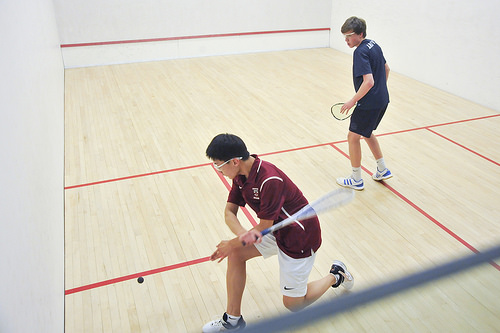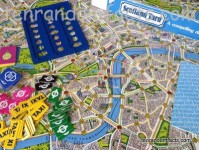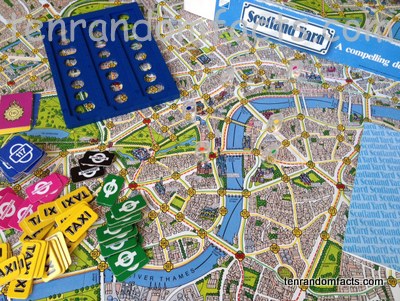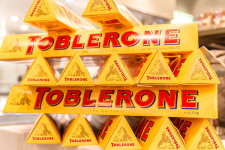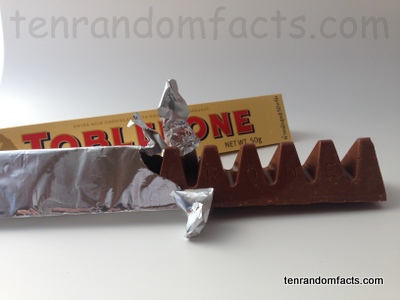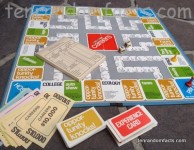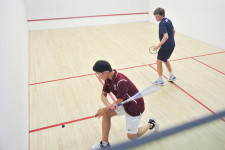
If you like to move around then squash is the game for you.
- Squash is a racquet-and-ball sport that involves players hitting a ball at a wall in a confined space, and it is a game played as singles or doubles, with two or four players respectively.
- The aim of a player in squash is to cause the opponent to fail to hit the ball into the marked boundaries before two floor bounces; and a game will generally last up to 40 minutes as a player attempts to reach a score of 11 first.
- Squash is typically played in an enclosed rectangular court with four walls and the standard dimensions of 6.4 to 9.75 metres (21 to 32 feet); and the sport is great exercise as it uses the cardiovascular system extensively, along with the legs and arms; though to prevent eye injury, goggles are typically worn.
- The game of squash uses a hollow ball that is made from butyl rubber, and is generally from 39.5 to 40.5 millimetres (1.56 to 1.59 inches) in diameter and weighs 23 to 25 grams (0.81 to 0.88 ounces).
- ‘Squash rackets’ was the original name of the sport of squash, and it was a variation of the game of rackets, which used a hard ball; and the pastime was born in about 1830, in the Harrow School of London, in England, when a perforated hard racket ball was used in a game of rackets and proved to make the game more interesting and energetic due to the more flexible and squashable ball.
A Game of Squash
Image courtesy of Groton School/Flickr
- Squash balls require warming up before a game for them to become bouncy, though depending on their composition, some balls are bouncier than others, making the game play faster or slower accordingly.
- Modern squash racquets are typically a flat egg shape with a pointed end toward the handle, and are generally lighter than tennis racquets at 90 to 175 grams (3 to 6 ounces).
- Due to the small playing space, interference (getting in an opponent’s way) in squash is common and typically results in a replay when appealed, although a referee may make other calls dependent on intent and the play of the game.
- Squash is a rapidly growing sport, and increased by 82% from 2007 to 2011 in the USA; and in 2009, almost 50,000 courts in 188 countries were recognised; while in 2016, Egypt tended to dominate the competitive squash scene.
- As of 2016, squash was yet to be incorporated in the Olympic Games program, even though it has been considered for inclusion for a number of years; however, it has been integrated into both the Commonwealth Games and the Asian Games since 1998.
Bibliography:
About Squash, 2015, Squash Revolution, http://www.squashrevolution.com/about-squash.html
Nair D, Squash or Tennis, Which One is the Harder Sport?, Racquet Social, http://racquetsocial.com/squash-or-tennis-which-one-is-the-harder-sport/
Squash (Sport), 2016, Wikipedia, https://en.wikipedia.org/wiki/Squash_(sport)
Wallbutton T, World Squash Federation One Hundred and Forty Years of Squash, n.d, World Squash Federation, http://www.worldsquash.org/ws/wsf-information/squash-history/140-years-of-squash





